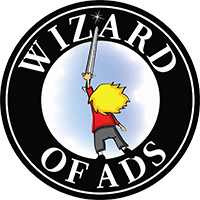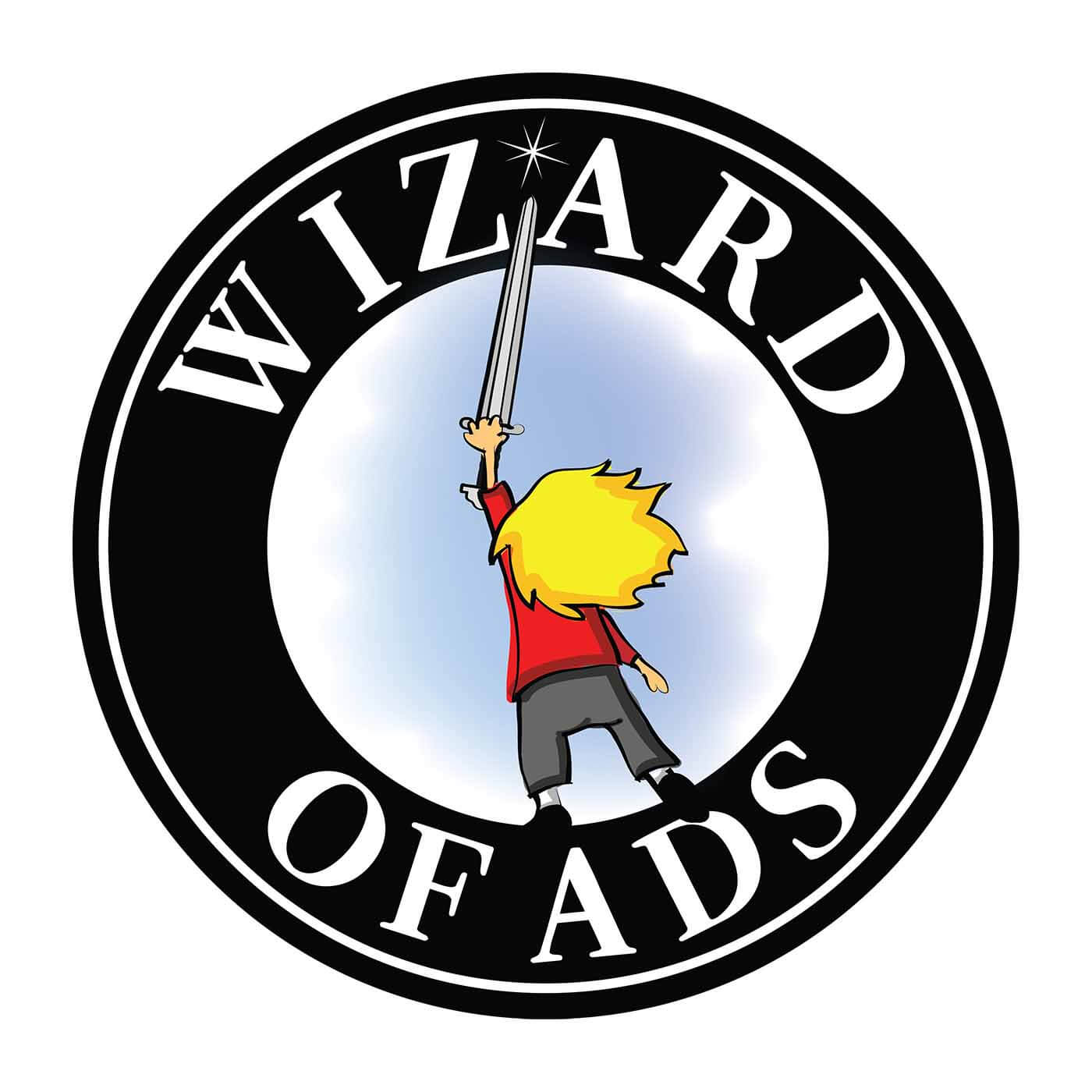full
A Lesson in the Physics of Advertising
Isaac Newton discovered that force – impact – is the result of mass x acceleration. This is why the impact of any statement you make = the size of the idea x the speed of successfully transferring it from your mind to the mind of your customer.
Newton also discovered, “For every action there is an equal but opposite reaction.” The faster an advertised offer produces big results, the less well it will work over time.
EXAMPLE: When a direct-response offer generates big money quickly, you can be certain that the longer you do it, the less well it will work. To gain attention, a thing must be new, surprising, and different. When it becomes old, predictable, and the-same-as-before, we turn our attention elsewhere.
You already know this.
Advertising is, in at least some aspects, a science. But systems-focused business owners are demanding that advertising become a science in all its aspects. They say, “Give us fast-acting, reliable advertising that drives ever-increasing sales opportunities,” and the sellers of advertising are saying, “You got it, boss! Coming right up!”
I am reminded of the quest for a perpetual motion machine.
The first documented claim of perpetual motion was made by Bhaskara of India in the 12th century. It has been followed by countless others. But not one of them has ever worked, and science has proven that none of them ever will.
In his book on the subject of Perpetual Motion, Henry Dircks wrote,
“A more self-willed, self-satisfied, or self-deluded class of the community, making at the same time pretension to superior knowledge, it would be impossible to imagine. They hope against hope, scorning all opposition with ridiculous vehemence, although centuries have not advanced them one step in the way of progress… The history of perpetual motion is a history of the fool-hardiness of either half-learned, or totally ignorant persons.”
When you spend all day, every day talking with enthusiastic young advertising professionals, you meet a lot of people who fit that description.
But I promised you a lesson on the Physics of Advertising. Here it is.
Newton’s first law of thermodynamics is a version of the law of Conservation of Energy, which tells us that energy can neither be created nor destroyed but can only be transformed from one form to another.
EXAMPLE: The chemical energy contained in gasoline can be transformed into kinetic energy, light energy, heat energy, and the percussive energy that you and I call sound, but those energies were there in the gasoline all along.
When it is expended, the energy stored in the gasoline is gone. You cannot burn the same gasoline twice.
Goodwill, reputation, share-of-mind, and other forms of “buying energy” can be stored in the mind of the customer in 3 different ways.
- The Performance of your product or service.
- When you deliver or exceed what the customer expected, you store “buying energy” in the mind of your customer. If you fall short of their expectations, gasoline is burned.
- A Referral from a friend or an online review.
- Word-of-mouth is when the buying energy stored in the mind of one customer is shared with another customer. When that word-of-mouth is negative, more gasoline is burned.
- Stories told in Advertising and by salespeople.
- Relational energy is built in the mind of the customer when your beliefs are aligned with their beliefs. Some people call this “branding,” but I prefer to think of it as customer bonding. When you create urgency with a limited-time offer, you force your customer into acting “now or never” and gasoline is burned.
“Big Money Quickly” happens as the result of urgency; usually a shortage of time, or product, or opportunity. But shout “wolf” too often and the villagers no longer come running. Your gasoline has all been burned.
Do you now understand why the faster an advertised offer produces big results, the less well it will work over time? When you allow your short-term metrics to dictate your marketing decisions, you will soon be crying “wolf” with every breath you take.
But there is a healthy and sustainable time to harvest.
Advertising is like farming.
You cannot harvest what was never planted.
- Planting a seed in the mind of the customer is where every good thing begins. The customer has to know you exist.
- Nurturing that seed through the growing cycle is essential.
- Stories told in advertising, by salespeople, and by customers are the water and sunshine that require time to work their magic.
- Harvest time is when it is.
- Every jeweler knows that Christmas, Valentine’s Day, and Mother’s Day are predictable buying occasions, but no jeweler knows when a couple is about to get engaged or celebrate an important anniversary. And that’s where the big money is. Every air conditioning company knows more systems break down and need to be repaired during extreme weather conditions, but no one knows when a system is going to be replaced. And that’s where the big money is.
The goal of the intelligent advertiser is to store enough “buying energy” in the mind of the customer to become the provider the customer thinks of first, and feels the best about, when their “harvest time” finally occurs.
Quick-acting advertising works less and less well the longer you do it. But the continual storage of “buying energy” – (1.) performing what you promised, plus (2.) the stories told by your ads and your salespeople and your customers – are like eating right and exercising; they work better and better until you are finally operating at peak health and efficiency.
This is when all your metrics go through the roof.
Google is simply the new phone book. Online click-through and conversion rates measure your offline marketing and reputation-building as much as they measure your online efforts.
Never let anyone tell you that their special method of “metrics measurement and optimization” is going to “hold your ad budget accountable” and allow you to “constantly improve the efficiency of your marketing.”
They are trying to sell you a perpetual motion machine.
Roy H. Williams

